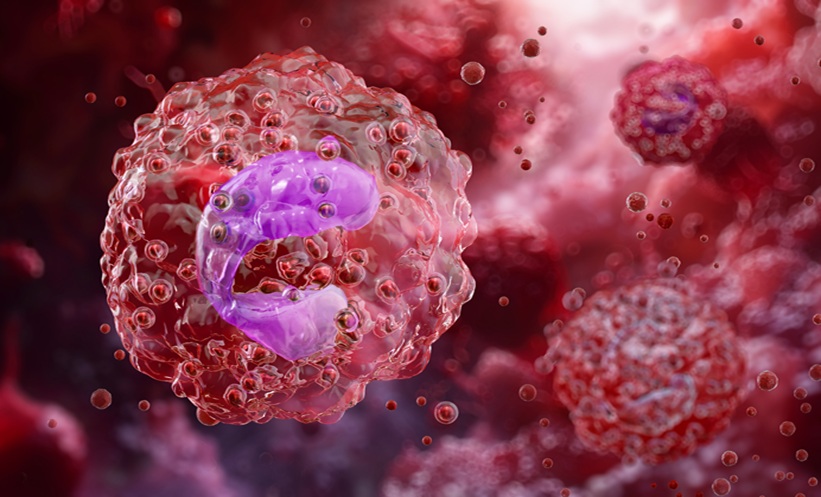ALLERGIC rhinitis (AR) is a prevalent chronic inflammatory condition that significantly impacts quality of life, particularly in children. It is an immunoglobulin E (IgE) and immunoglobulin G1 (IgG1)-mediated disorder triggered by exposure to allergens in atopic individuals. Over recent decades, AR prevalence has increased, with national epidemiological surveys indicating that it poses substantial health and socio-economic burdens. Children with AR frequently experience symptoms such as nasal congestion, rhinorrhoea, itching, and sneezing, which can interfere with sleep, learning, and overall well-being. Intranasal corticosteroids are the most common treatment for AR; however, they only provide temporary symptom relief.
Recent research has identified microRNAs (miRNAs) as crucial regulators of inflammation, offering potential new insights into AR pathogenesis and treatment. These small, noncoding RNA molecules regulate gene expression at the post-transcriptional level and play significant roles in immune responses. Among these, microRNA-126-5p (miR-126-5p) has been associated with several inflammatory diseases, including cancer, sepsis-induced lung injury, and rheumatoid arthritis. Studies suggest that miR-126-5p is elevated in AR sufferers, but its exact role in AR-related inflammation remains unclear.
Our research aimed to investigate the relationship between miR-126-5p and AR-related inflammation, particularly its interaction with homeodomain-interacting protein kinase 2 (HIPK2) and the NF-κB signalling pathway. Using an AR cell model and a murine model, we found that reduced miR-126-5p expression led to increased HIPK2 levels, which in turn suppressed NF-κB pathway activation. This resulted in decreased secretion of pro-inflammatory cytokines (IL-5, TNF-α) and mast cell-associated inflammatory factors (ECP, LTC4, PGD2), alongside increased production of anti-inflammatory cytokines (IL-2, IFN-γ). In vivo experiments further confirmed that miR-126-5p knockdown mitigated inflammatory responses and reduced IgE and IgG1 concentrations.
These findings suggest that miR-126-5p plays a key role in AR inflammation and that targeting its expression may provide a novel therapeutic approach. However, further studies are needed to assess the efficacy of miR-126-5p modulation in clinical settings and to evaluate its potential in different AR subtypes. Future research should also address the limitations of current models and explore the long-term impact of miR-126-5p-based therapies. Overall, this study highlights miR-126-5p as a promising target for improving AR management and reducing its burden on affected individuals.
Reference
Jing Y et al. MiR-126-5p down-regulation alleviates the inflammatory response of allergic rhinitis in children via inhibiting HIPK2/NF-κB signaling pathway. J Inflamm Res. 2025;18:3981-92.







